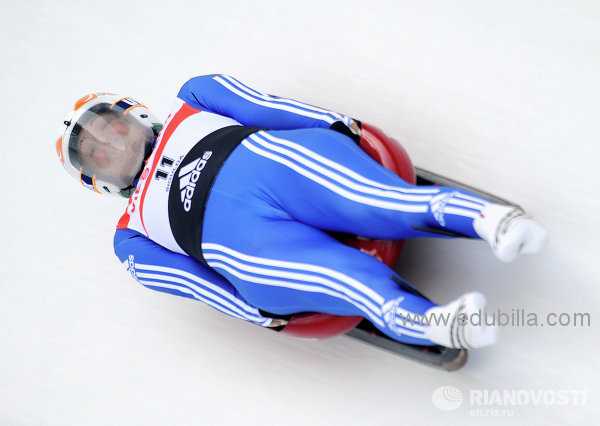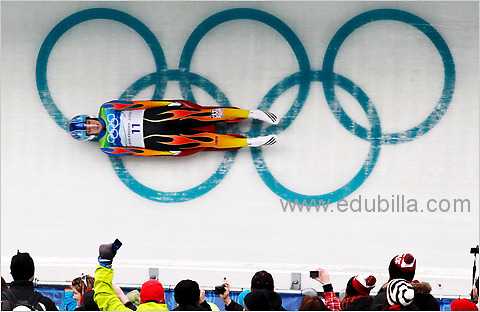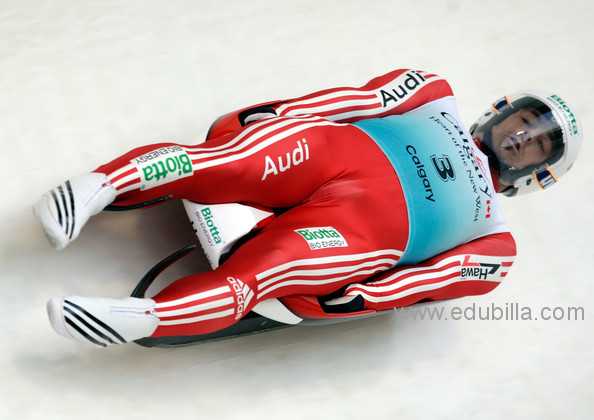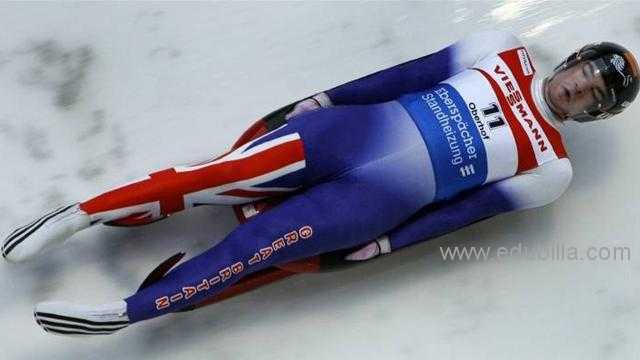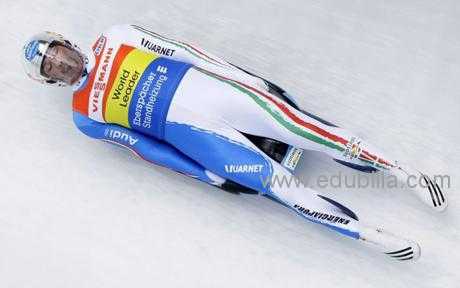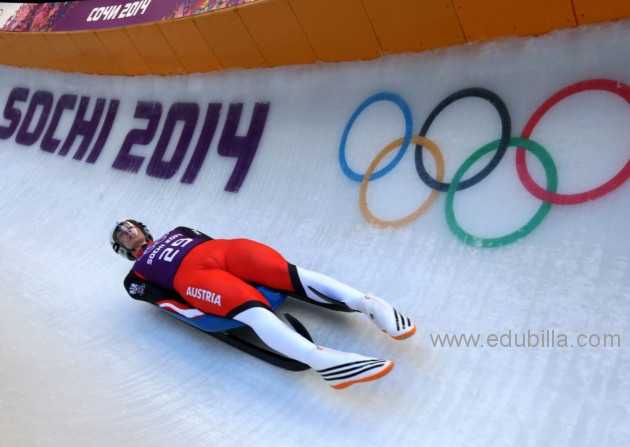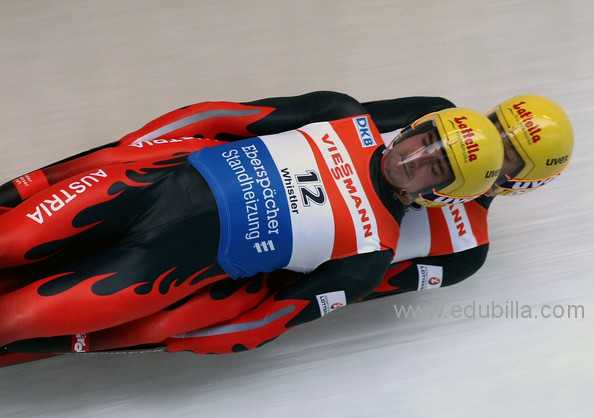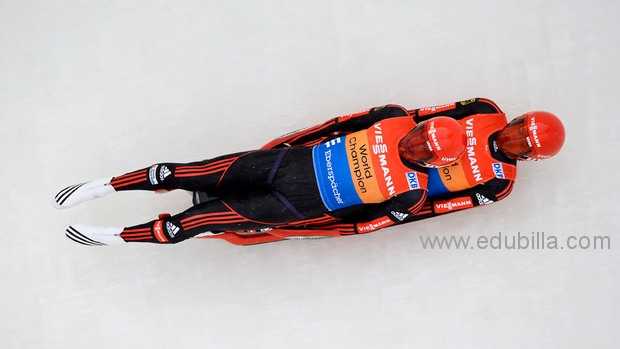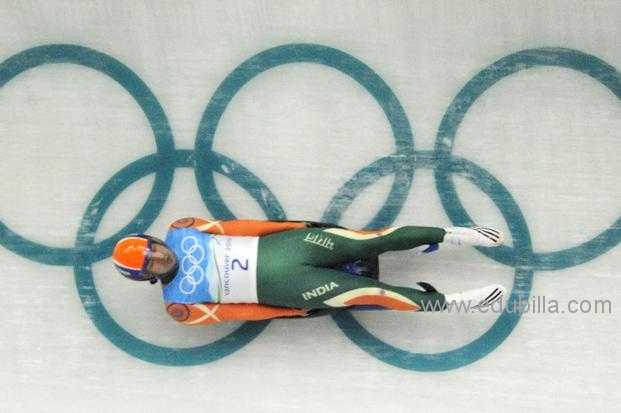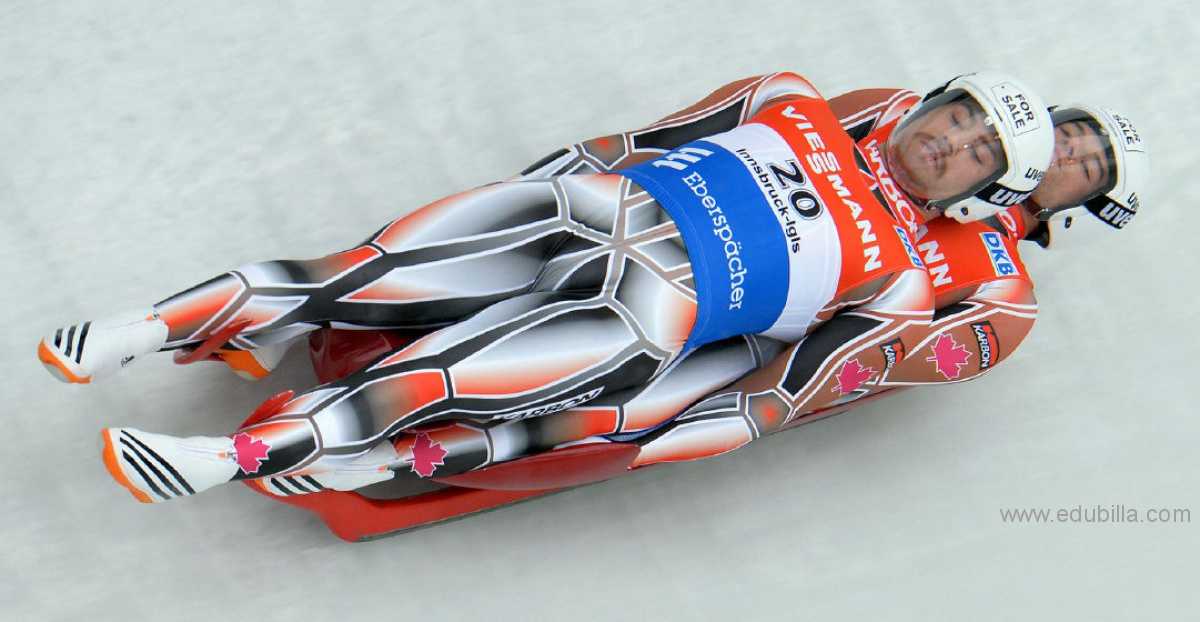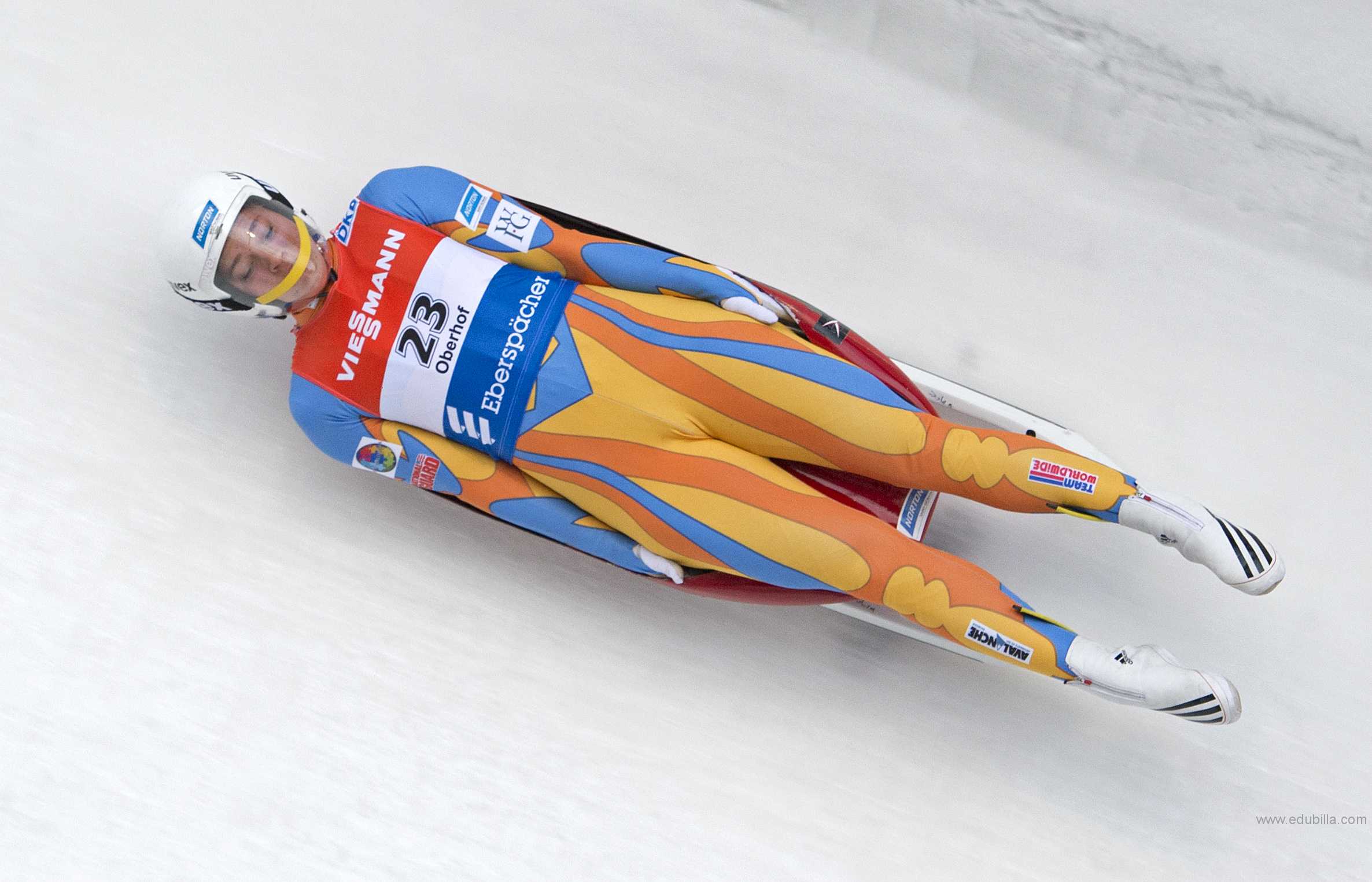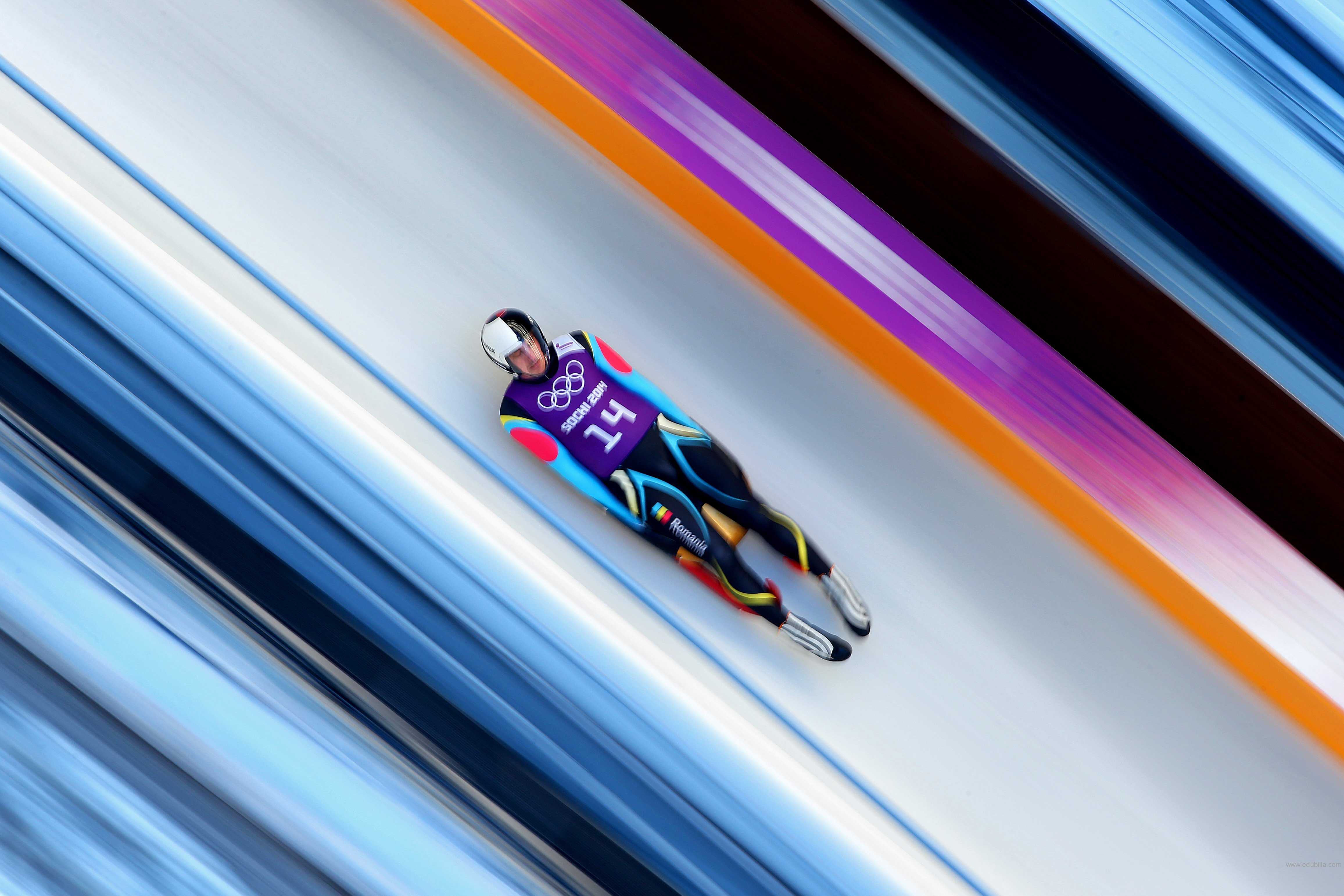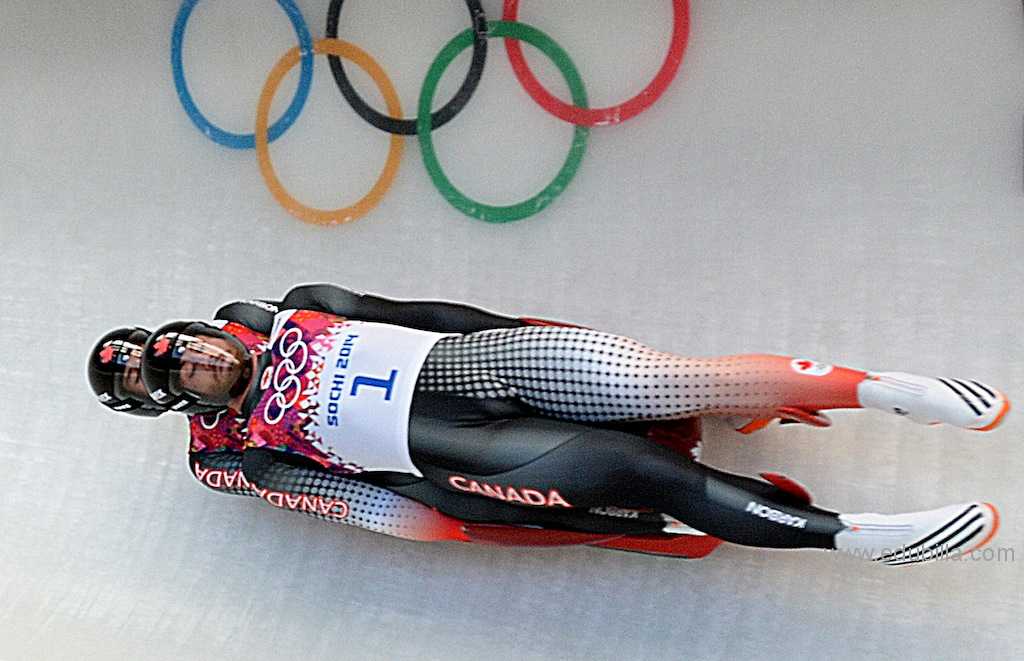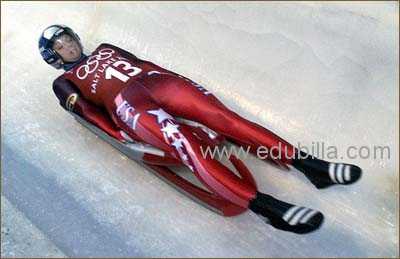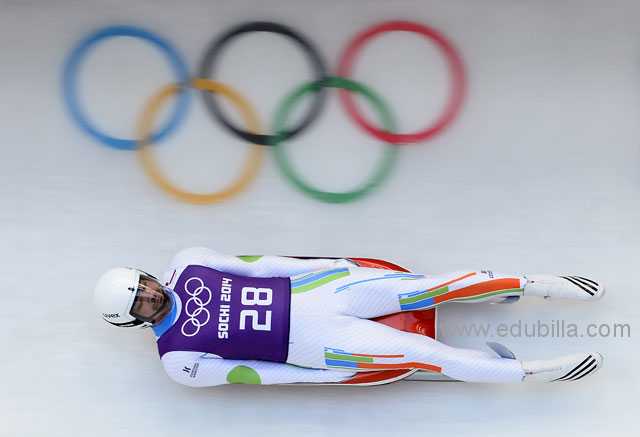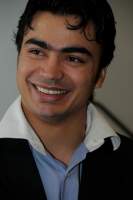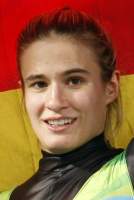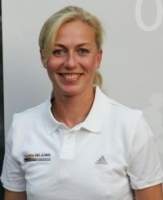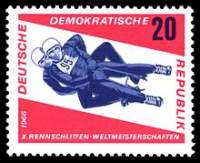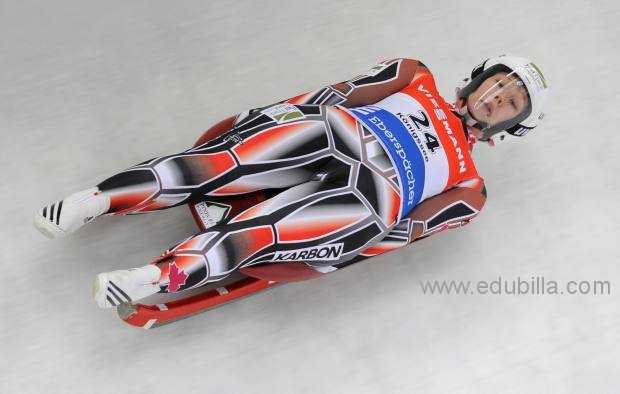
Overview Of Luge
A luge is a small one- or two-person sled on which one sleds supine (face up) and feet-first. Steering is done by flexing the sled's runners with the calf of each leg or exerting opposite shoulder pressure to the seat. Racing sleds weigh 21–25 kilograms (46–55 lb) for singles and 25–30 kilograms (55–66 lb) for doubles.Luge is also the name of an Olympic sport. Lugers can reach speeds of 140 km per hour (87 mph). Manuel Pfister of Austria, reached a top speed of 154 km per hour (95.69 mph) on the track in Whistler, Canada prior to the 2010 Vancouver Winter Olympics.Lugers compete against a timer and are timed to a thousandth of a second, making luge one of the most precisely timed sports in the world. The first recorded use of the term "luge" is 1905, from the Savoy/Swiss dialect of French "luge" meaning "small coasting sled", and is possibly from a Gaulish word with the same root as English sled.
Artificial tracks:
Artificial luge tracks have specially-designed and -constructed banked curves plus walled-in straights. Most tracks are artificially refrigerated, but artificial tracks without artificial cooling also exist (for example, in St. Moritz). Tracks tend to be very smooth.
Natural tracks:
Natural tracks are adapted from existing mountain roads and paths. Artificially banked curves are not permitted. The track's surface must be horizontal. They are naturally iced. The use of artificial refrigeration is forbidden. Tracks can get rough from the braking and steering action. Athletes use a steering rein and drag their hands and use their legs in order to drive around the tight flat corners. Braking is often required in front of curves and is accomplished by the use of spikes built on the bottom of the shoes.
Game Rules
ARTIFICIAL TRACKS
FIL-COMPETITIONS
-Luge competitions during Olympic Winter Games
FIL- Championships
-FIL World Championships
-Continental Championships
- U23 World Championships
- Junior World Championships
- Continental Championships for Juniors
International Competitions
- World Cup (WC)
- Team Relay World Cup (TWC)
- Sprint World Cup (SWC)
- Junior World Cup (JWC)
- Nation Cup (NC)
- Other international competitions
DISCIPLINES:
FIL competitions are carried out in the following disciplines:
Women - singles
Men - singles
Doubles
Team Relay (mandatory at FIL World Championships and European Championships)
ELIGIBILITY:
Sprint World Cup: The athletes in places 1-15 in the World Cup race are eligible to participate in the Sprint World Cup.
SEEDED GROUP:
Seeded groups start in all individual disciplines of the FIL competitions.
Composition of seeded groups at FIL Championships and World Cups - general class:
-15 men (5-7, 8-15)
-12 women
-12 doubles
Seeded groups are composed by names.
The positions in the seeded groups result from the point rankings of the three previous World Cup races.
INSPECTIONS:
Inspections at the start
-Temperature of the steels
-Weight of the sled
-Overall weight of the athlete
Inspections at the finish (allotted athletes)
-race clothes and additional weight
-weight and construction of the sled
ARTIFICIAL TRACKS:
Artificial tracks are luge tracks which have been specially constructed for the sport of luge.
A difference is made between artificial luge tracks with or without refrigeration system.
NATURAL TRACKS:
Length:
800 m to 1200 m
Shortened tracks, on which international competitions may also be carried out with special permission of the FIL: from 400 m
Width:
Minimum of 3 m
Average drop:
Some sections of the track may have a drop of 25%.
The average drop may not exceed 13%
Curve radius:
Minimum of 7 m calculated from the middle of the track
The natural luge track must include at least the following components:
- 1 left curve
- 1 right curve
- 1 sharp bend
- 1 curve combination
- 1 straight
DISCIPLINES:
Championships and competitions are staged in the following events:
Women`s singles
Men`s - singles
Doubles
Team Competition
Detailed Luge Rules Can Be Downloaded From Documents
Equipments Need For Luge
Bridge:
The part of a sled that connects the two runners and from which the aerodynamic racing shell is suspended. Made of steel, there are two bridges on each sled - one in front and one in back.
Gloves:
Luge gloves are spiked at the fingertips to assist with the start and paddling motion as the sliders accelerate onto the track.
Grip:
Each hand holds a handle on the side of the sled.
Helmet:
Sliders wear helmets that have a clear or tinted visor which extends under the chin to reduce resistance.
Kufen:
The German word for runner, usually made of fibreglass or wood. The slider steers by applying pressure with his/her foot onto the runners.
Pod:
The aerodynamic shell which serves as the seat for the athlete.
Racing suit:
Sliders wear specially designed race suits to reduce wind resistance.
Shoes:
Sliders must wear special shoes with zipperss, so that the foot straightens out when the zipper is closed. There are also regulations for the insole and heel of the shoe.
Steel runner or steels:
The sled rides along the track on two steel runners called steels. They are the only part of the sled that touches the ice's surface and are attached to the kufens.
History Of Luge
Competitive luge racing began in Switzerland in the late 1800's but it would be another 60 years before Canadian competitors took up the sport. It wasn't until the late 1950's that bobsledder Vic Emery introduced the sport to Canadians at a ski area in Quebec. Emery, who would go on to win Canada's first Olympic bobsleigh medal at the 1964 Winter Games in Innsbruck, Austria, was also the first Canadian Luge Champion.
No brakes:
Luge is one of the oldest winter sports. It involves competitors lying on their backs on a tiny sled with their feet stretched out in front of them, and racing down an icy track at speeds in the range of 140 km/h, without brakes. As well as the singles, there is a pairs event, with the larger of the two team members lying on top for better aerodynamics.
Olympic history:
It was not until 1955 that the first World Championship was organised, i.e. 41 years after the first European Championships. Nine years later, in 1964, luge made its Olympic debut, at the Innsbruck Games, with a mixed event, a men’s event and a women’s event. The programme has not changed since then. Since 1976, this sport has taken place on the same track as bobsleigh.
The discipline was dominated by the East Germans, who won 15 of the 21 gold medals available between 1964 and 1988. One of the undisputed masters of luge is a German: Georg Hackl, who won gold three times consecutively, in 1994 in Lillehammer, 1998 in Nagano and 2002 in Salt Lake City.
Legacy of 1988:
The legacy of the 1988 Winter Olympic Games held in Calgary is now being realized. The combination bobsleigh/luge track at Canada Olympic Park is home to Canada's Olympic Luge development program which has trained many high-potential athletes since the track opened. The longer-term success of this building program is now in sight with athletes such as Regan Lauscher, Jeff Christie and the doubles team of Chris Moffat and Mike Moffat, who lead a very young Senior National Team.
Critical to Canada's luge athletes reaching the podium at international competition, will be the much needed awareness and funding support to the program. The success of the Canadian program is also evident in the talent of the coaching team, led by High Performance Director Walter Corey, former Canadian athlete. Walter holds the distinction of being the first person to complete the NCCP level 4/5 certificate with honours. This coaching team is rounded out with Head Coach Wolfgang Staudinger, and Assistant Coaches Robert Fegg, and Steffan Skel. The Junior National Team is led by Kyle Connelly, with assistance from Matt McMurray and Mike Lane. The Domestic Coaching staff includes: Mike Lane, Monica Gorham, Nicole Simon, Tyler Seitz, Lindsay Forsberg, and Harington Telford.
First Luge Championships:
The first European Luge Championships took place in Reichenberg, Bohemia (now Liberec, Czech Republic) in 1914. World War I in Europe caused the ISSV operations to be suspended and prevented any additional competitions until 1927.
Luge World Cup:
The Luge World Cup season is a yearly competition first organized by the International Luge Federation since 1977–78. This represents the highest form of competition in the sport.
Origin Of Luge
The sport of luge, like the skeleton and the bobsleigh, originated in the health-spa town of St Moritz, Switzerland, in the mid-to-late 19th century, through the endeavours of hotel entrepreneur Caspar Badrutt.
Swiss origins:
Luge is the French word for “sledge” and, like bobsleigh, it was developed as a sport in Switzerland. Its roots go back to the 16th century, but it was not until 300 years later that the first luge tracks were built by Swiss hotel owners to cater for thrill-seeking tourists.
First Luge Race:
The first international race course was held in Davos in 1883, with competitors racing along an icy 4km road between Davos and the village of Klosters.
The practical use of sleds is ancient and widespread. The first recorded sled races took place in Norway sometime during the 15th century.
The first luge run in North America was built at Lolo Hot Springs, Montana in 1965.Although the United States competed in every Olympic luge event from 1964 through 1976, it was not until 1979 that the United States Luge Association was founded.
First Artificial Track:
The first artificial American track was completed in that year for use in the 1980 XIII Winter Olympic Games at Lake Placid, New York.Since that time the United States luge program has greatly improved. A second artificial track was constructed near Park City, Utah for the 2002 XIX Olympic Winter Games at Salt Lake City.
Governing Bodies
International Luge Federation:
The International Luge Federation is the main international federation for all luge sports. Founded by 13 nations at Davos, Switzerland in 1957, it has members of 53 national luge associations as of 2009 and is based in Berchtesgaden, Germany.
Early beginnings:
The first luge competition took place on February 12, 1883 on a four kilometer course between Davos and Klosters, Switzerland, with the co-winners from Australia and Switzerland having a time of 9 minutes, 15 seconds. Austria, Germany, and Switzerland founded the Internationaler Schlittensportsverband (ISSV - International Sled Sport Federation in (German)) in 1913 in Dresden, Germany. The first European Luge Championships took place in Reichenberg, Bohemia (now Liberec, Czech Republic) in 1914. World War I in Europe caused the ISSV operations to be suspended and prevented any additional competitions until 1927.
Rebirth and merging into FIBT:
In 1927, the ISSV was reestablished with the second European Luge Championships taking place in Schreiberhau, Germany (now Szklarska Poreba, Poland) the following year with a women's competition included. The ISSV was absorbed into the Fédération Internationale de Bobsleigh et de Tobogganing (FIBT - International Bobsleigh and Tobagganing Federation in (French)) in 1935 and was part of the "Section de Luge" until the early 1950s.
Independence from FIBT:
At a 1954 International Olympic Committee (IOC) meeting in Athens, Greece, it was determined that luge would replace skeleton as an Winter Olympic discipline. Skeleton, which had been a sport both at the 1928 and 1948 Winter Olympics, would not return as an Olympic sport until the 2002 Winter Olympics in Salt Lake City. In 1955, the first World Luge Championships were held at Holmenkollen near Oslo, Norway. The FIL was established in Switzerland in 1957 with membership granted into the IOC at their congress in Sofia, Bulgaria that same year. Bert Isatitsch of Austria was elected President of the FIL.
FIL growth:
At the 1959 IOC meeting in Munich, West Germany, luge was approved for inclusion into the 1964 Winter Olympics in Innsbruck with competitions taking place in neighboring Igls. 12 nations took part in the first Winter Olympic luge competitions with timing taking place in 1/100ths of a second. Following a tie in the men's doubles competition between East Germany and Italy at the 1972 Winter Olympics in Sapporo, Japan, the FIL began timing all of their competition in 1/1000ths of a second, a practice that continues as of 2009. The first natural track European championships took place in Kapfenberg, Austria in 1970 while the first natural track World Championships took place in Inzing, Austria in 1979. The first Junior World Championships on artificial track took place at Lake Placid, New York, United States three years later.
FIL today:
Isatitich died suddenly on February 8, 1994 and then Vice-President for Sport, Josef Fendt, took over as Acting President. Fendt would be named president at the FIL congress in Rome, Italy later that year, a position he still holds as of 2010.
FIL Presidents:
In its 52 year history, FIL has only had two presidents, Bert Isatitsch from Austria (1957–94) and Josef Fendt from Germany (1994–present).
To Visit FIL Click Here.
Awards Related To Luge
Asian Luge Cup:
Asian Luge Cup is annual luge competition for Asian countries, which held since 1998. There are men's and women's single events and men's double event. All editions of Asian Luge Cup held by Spiral bobsleigh luge, and skeleton track at Nagano, Japan.
Cochrane Awards:
Our goal is to support your brand identity in new ways to get you the results you desire. We value every customer relationship and strive for a quality experience with every communication.
Arjuna Award:
The Arjuna Awards are given by the Ministry of Youth Affairs and Sports, government of India to recognize outstanding achievement in National sports. Instituted in 1961, the award carries a cash prize of INR 500,000, a bronze statuette of Arjuna and a scroll.
Over the years the scope of the award has been expanded and a large number of sports persons who belonged to the pre-Arjun Award era were also included in the list. Further, the number of disciplines for which the award is given was increased to include indigenous games and the physically handicapped category.
Parshuram Award:
Parshuram awards are announced in Himachal Pradesh at 1987. This award related with sports and this award also gave to who was make exceptional contribution at national and international. In this award the governments represent the recipients and give to him 10000 cash.
-Pele

